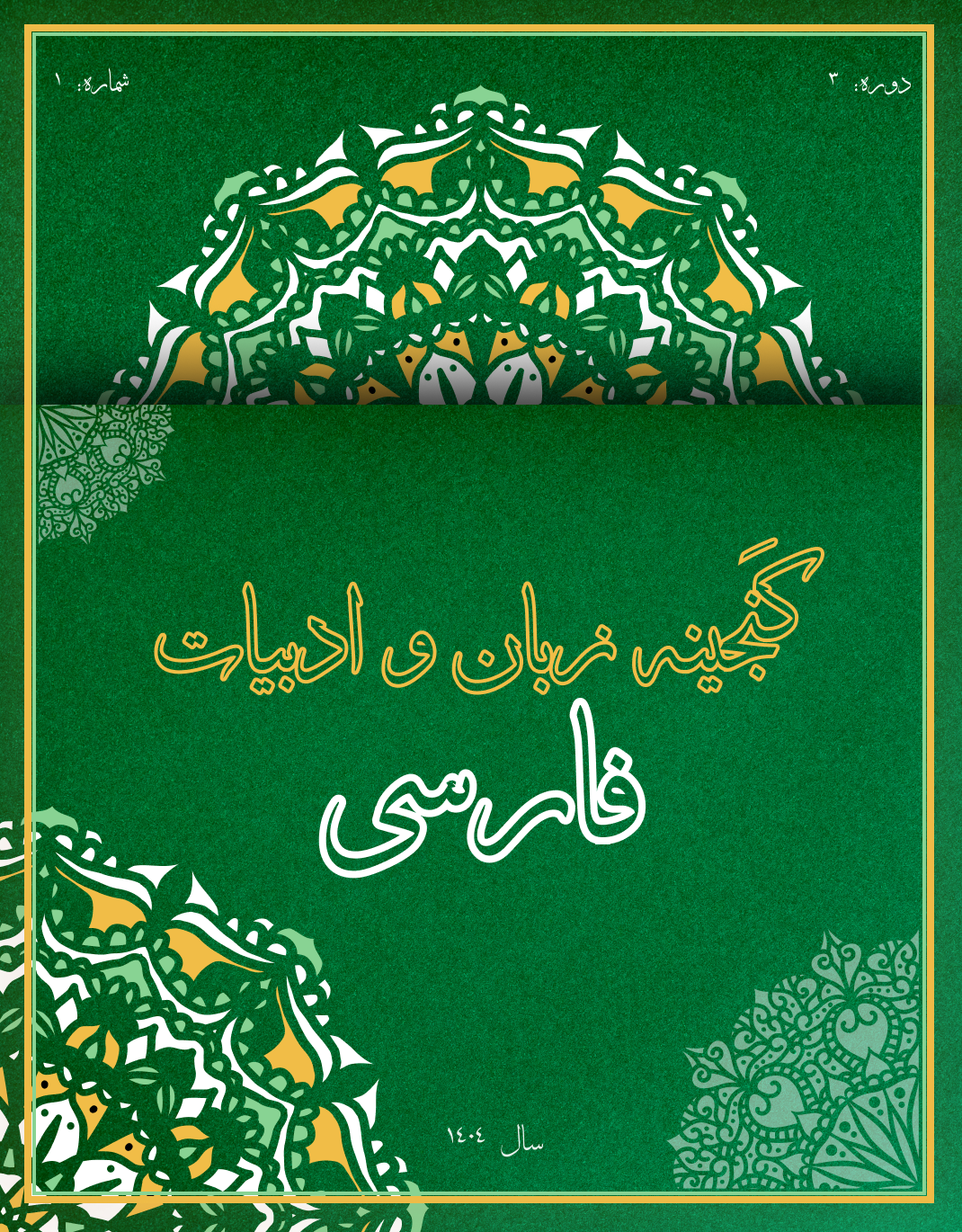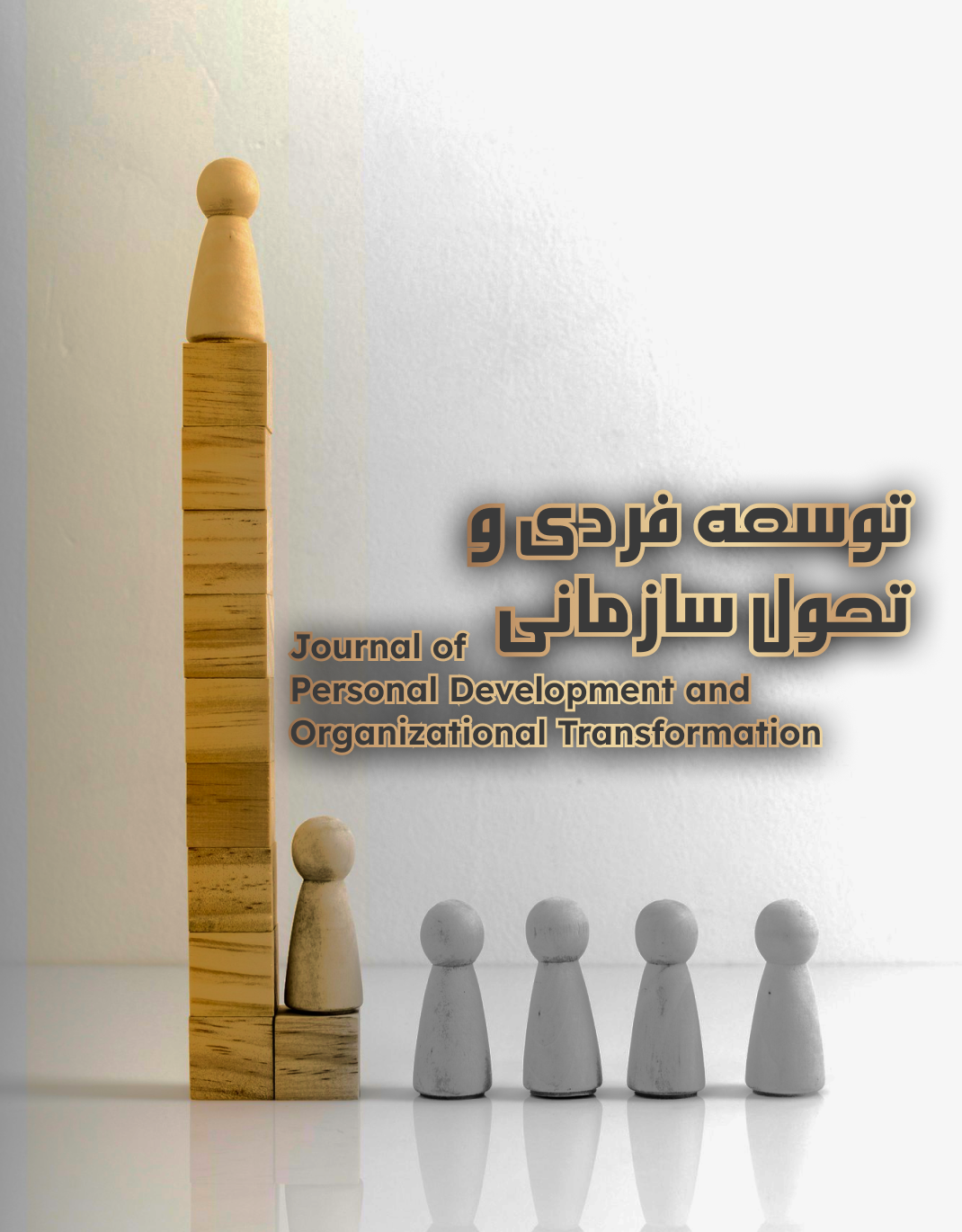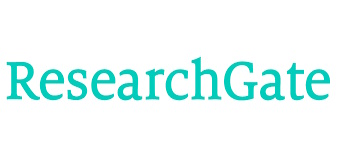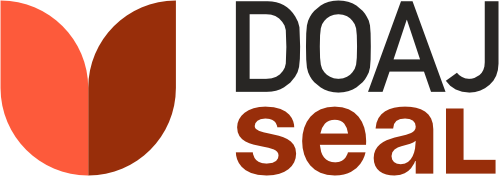Presenting a Supportive Government Development Model in the Cultural Domain: A Thematic Analysis Approach
Keywords:
Government protectionist, Cultural field, content analysisAbstract
The aim of this study is to present a model for the development of a supportive government in the cultural domain. Based on the method of data collection, this research is descriptive-analytical, and in terms of research approach, it is inductive-deductive. Participants in the qualitative phase, using Braun and Clarke’s (2006) thematic analysis method, included 16 experts and senior managers from the Ministry of Culture and Islamic Guidance. These individuals were selected purposefully based on their relevant academic background, more than 10 years of work experience in universities and the Ministry, familiarity with cultural policymaking, and willingness to share their perspectives and experiences. The interviews continued until theoretical saturation was reached with 14 participants. Initial interview questions were formulated through document analysis, including a review of books, articles, and relevant studies. Interview transcripts were analyzed using MAXQDA software. From the analysis of 16 interviews, a total of 191 initial codes were extracted. After further analysis, 57 basic themes and 17 organizing themes were identified. In the final stage, six overarching themes were derived from the organizing themes: budget and financial resources, policymaking and legislation, infrastructure and facilities, education and research, promotion and publicity, and support for artists and cultural activists.
Downloads
References
Ansari, M. R., Ghayoumi, A. A., Salehi Amiri, S. R., Azizabadi Farahani, F., & Ghadami, M. (2021). Presenting a Cultural Policy-Making Model with a Transformational Approach (Case Study: Islamic Azad University, Science and Research Branch, Tehran). Strategic Studies in Public Policy, 11(39), 46-66. https://sspp.iranjournals.ir/article_245873.html?lang=en
Azhdari, L., Farhangi, A. A., Salehi Amiri, S. R., & Soltanifar, M. (2018). Pathology of Cultural Diplomacy in the Islamic Republic of Iran and Proposed Strategies. Social-Cultural Strategy, 7(3), 123-159. https://rahbordfarhangi.csr.ir/article_117831.html?lang=en
Belfiore, E. (2002). Art as A Means of Alleviating Social Exclusion: Does It Really Work? A Critique of Instrumental Cultural Policies and Social Impact Studies in the UK. International Journal of Cultural Policy, 8(1), 91-106. https://doi.org/10.1080/102866302900324658
Cullerton, K., Donnet, T., Lee, A., & Gallegos, D. (2016). Playing the policy game: a review of the barriers to and enablers of nutrition policy change. Public Health Nutrition, 19(14), 2643-2653. https://doi.org/10.1017/S1368980016000677
Cullerton, K., Donnet, T., Lee, A., & Gallegos, D. (2018). Effective advocacy strategies for influencing government nutrition policy: a conceptual model. International Journal of Behavioral Nutrition and Physical Activity, 15, 83. https://doi.org/10.1186/s12966-018-0716-y
Ebne Yamini, P. (2018). Public Culture, Cultural Identity, Cultural Policy: Comparative Perspectives. Public policy, 4(1), 191-204. https://www.sid.ir/paper/257444/en
Engelstad, F. (2017). A Power Elite in the Cultural Field. A Story of Norwegian neo-corporatism. International Journal of Cultural Policy, 23(5), 527-544. https://doi.org/10.1080/10286632.2015.1084297
Entezari, A., & Derakhshan, F. (2022). Policy Analysis in the Economics of Culture. Applied Sociology, 33(1), 1-34. https://jas.ui.ac.ir/article_26041.html?lang=en
Gray, C. (2008). Instrumental Policies: Causes, Consequences, Museums and Galleries. Cultural Trends, 17(4), 209-222. https://doi.org/10.1080/09548960802615349
Gray, C., & Wingfield, M. (2011). Are governmental culture departments important? An empirical investigation. International Journal of Cultural Policy, 17(5), 590-604. https://doi.org/10.1080/10286632.2010.549559
Lluís, B., & Emmanuel, N. (2018). The participatory turn in cultural policy: Paradigms, models, contexts. Poetics, 66, 64-73. https://doi.org/10.1016/j.poetic.2018.02.006
Mahdavi, S. M. H., Yazdani Zazerani, M. R., & Golshani, A. (2019). Pathology of Cultural Development Policymaking in the Fifth Development Plan of the Islamic Republic of Iran. Iranian Political Sociology Monthly, 2(4), 2653-2664. https://jou.spsiran.ir/article_169337.html?lang=en
Mehdipour, F. (2020). A Model of Three-Base Instruments for Implementing Cultural Policy. Public Policy in Management, 11(3), 31-47. https://en.civilica.com/doc/1739669/
Meyrick, J., & Barnett, T. (2017). Culture without "world": Australian cultural policy in the age of stupid. Cultural Trends, 26(2), 107-124. https://doi.org/10.1080/09548963.2017.1323840
Mickov, B. (2023). The Cultural Sector and Sustainable Economic Development: Innovation and the Creative Economy in European Cities. Routledge. https://doi.org/10.4324/9781003336648
Moghtadaei, M., & Azghandi, A. (2016). Pathology of Cultural Policymaking in the Islamic Republic of Iran. Specialized Quarterly of Political Science, 12(34), 7-26. https://journals.iau.ir/article_528290.html?lang=en
Onyx, J., Armitage, L., Dalton, B., Melville, R., Casey, J., & Banks, R. (2010). Advocacy with gloves on: the "manners" of strategy used by some third sector organizations undertaking advocacy in NSW and Queensland. VOLUNTAS: International Journal of Voluntary and Nonprofit Organizations, 21(1), 41-61. https://doi.org/10.1007/s11266-009-9106-z
Rahmanizadeh Dehkordi, H. R. (2022). A Prelude to the Pathology of Decision-Making in Governmental Institutions with Emphasis on the State. Government Studies, 8(30), 163-196. https://ensani.ir/fa/article/516869/
Ratiu, D. E. (2009). Cultural Policy and Values: Intrinsic versus Instrumental? The case of Romania. The Journal of Arts Management, Law, and Society, 39(1), 24-44. https://doi.org/10.3200/JAML.39.1.24-44
Røyseng, S., De Paoli, D., & Wennes, G. (2020). As You like It! How Performance Measurement Affects Professional Autonomy in the Norwegian Public Theater Sector. The Journal of Arts Management, Law, and Society, 50(1), 52-66. https://doi.org/10.1080/10632921.2019.1693458
Schuster, J. E., Rocha, L., Sevillano, A., Green Johnson, F., & Gerlach, J. (2021). ADVOCATE: A Legislative Advocacy Model for Counseling Students. Teaching and Supervision in Counseling, 3(1), 88-99. https://doi.org/10.7290/tsc030109
Skillman, A. E. (2020). Building Community Self-Esteem: Advocating for Culture. Folklore, 131(3), 229-243. https://doi.org/10.1080/0015587X.2020.1772577
Sohrabi, H., & Ghasemi Pirbalouti, M. A. (2023). Evaluating the Performance of the Sixth Development Plan in Public Culture, Art, and Creative Industries and Lessons for the Seventh Development Plan. Monthly Expert Reports of the Parliament Research Center, 31(4), 1-7. https://rc.majlis.ir/fa/report/show/1777054
Soleimani, T., Samet, A., & Ghayoumi, A. A. (2022). Presenting a Cultural Policy Model to Strengthen (Enhance) the Cultural Identity of Youth in Ilam Province. Ilam Culture Quarterly, 23(76-77), 63-80. https://www.farhangeilam.ir/article_169584.html
UNESCO. (2010). Advocacy toolkit: A guide to influence decision that improve children's lives. United Nations Children's Fund, New York. https://www.right-to-education.org/resource/advocacy-toolkit-guide-influencing-decisions-improve-childrens-lives
Wahba, S., & Chun, Y. (2021). Orange is the new colour of city competitiveness: The role of local governments in promoting cultural and creative industries. Journal of Urban Regeneration and Renewal, 15(2), 136-149. https://doi.org/10.69554/YLYW9891
Zare, R., & Safari, M. (2023). Designing a Social Support Model for Poor Children Under the Coverage of Welfare Organizations (Case Study: Imam Khomeini Relief Foundation, Razavi Khorasan Province). Khorasan Socio-Cultural Studies, 14(4), 1-20. https://www.farhangekhorasan.ir/article_181622.html
Zargham Afshar, M. T., Sheikhi, S., & Ghaydar Lou, K. (2023). Pathology of Policymaking in Iran with Emphasis on Social Affairs. Monthly Expert Reports of the Parliament Research Center, 31(2), 1-30. https://rahbordfarhangi.csr.ir/article_171479.html
Downloads
Published
Submitted
Revised
Accepted
Issue
Section
License
Copyright (c) 2025 Hamid Razavi Nia (Author); Mohammad Ali Nasimi; Mohammad Hassan Nasimi (Author)

This work is licensed under a Creative Commons Attribution-NonCommercial 4.0 International License.







